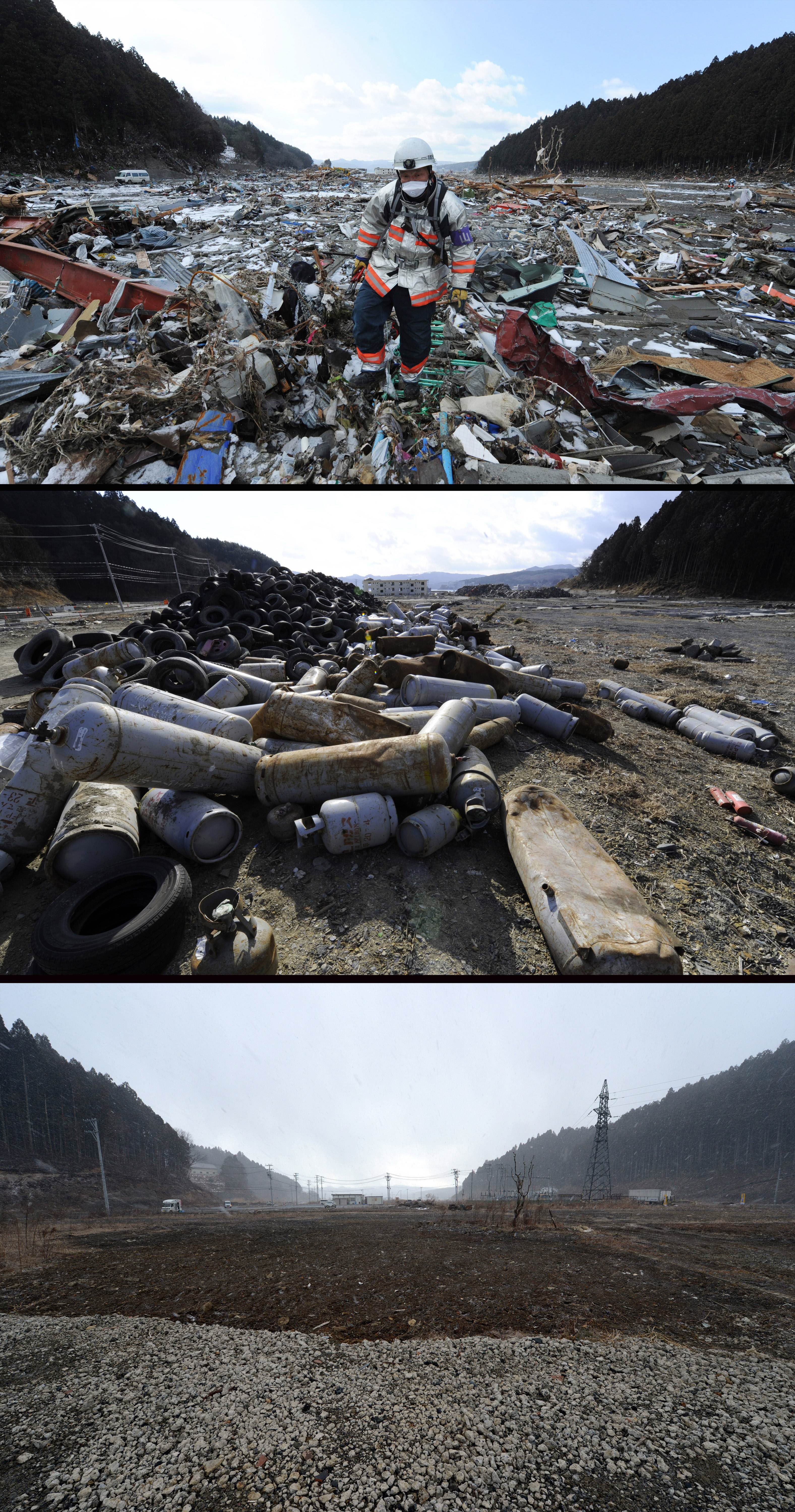Japan is one of the most disaster-prone countries in the world, a place where climate and geology conspire to provide almost monthly displays of dramatic destruction.
Then again, one has to wonder how much of this perception is caused by the media. The effects of typhoons and earthquakes on the collective psyche are just as devastating as they are on property when those effects are intensified by a sudden barrage of visual and instructive information. Even more intensifying is the use of journalism for predictive purposes, the way everyday anxiety is constantly reinforced by reports on possible disasters.
Is there a level of fear above which the mind reflexively retreats from imagining the worst? The Great East Japan Earthquake and resulting tsunami that devastated Tohoku and killed thousands was often described as being "beyond imagination" (sōteigai), so the art and science of projecting future catastrophes has had to adjust accordingly. NHK is the leader in this bold new honest approach to preparative reporting, probably because NHK is Japan's nominal public broadcaster and doesn't have to worry about spooking sponsors — such as companies selling high-rise condos — with scary speculations. The computer-generated simulations of cataclysms that NHK has produced for its occasional documentaries on the Big One aren't as impressive as Hollywood's but they're frightening enough. They're also recyclable. I think I've seen the one about the inundation of Tokyo's subway system used for reports on both quake-triggered tsunami and so-called super typhoons. NHK is nothing if not resourceful.



















With your current subscription plan you can comment on stories. However, before writing your first comment, please create a display name in the Profile section of your subscriber account page.